Fort Columbia was an active U.S. Army Coastal Artillery division, from 1896 through 1947. Later, in 1950, the area became a designated historical state park. There are still twelve original wood-framed buildings and four coastal defense batteries on the property.
I learned that a battery is a designated place within the fort where a large cannon sits ready to fire from a specific position. Several batteries operate together under one command. Connecting the batteries is a series of underground tunnels.
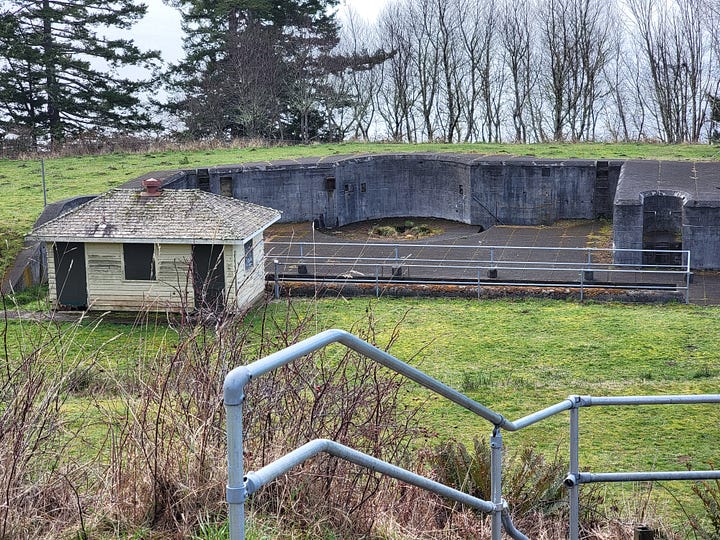
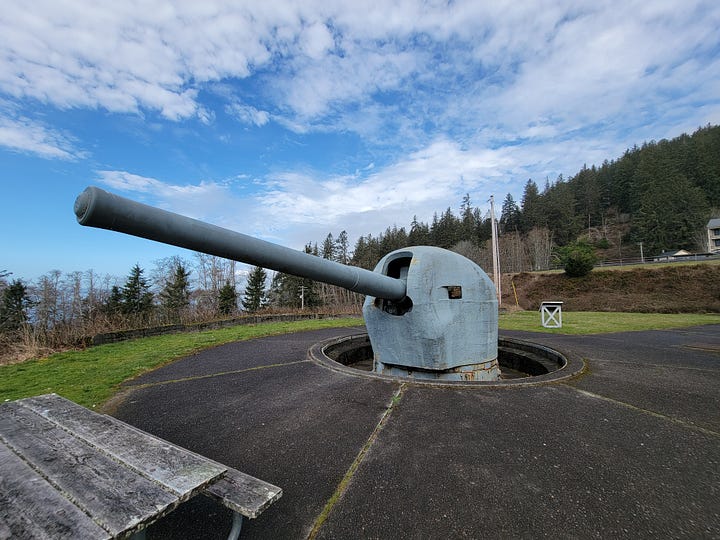
It was a typically beautiful overcast Pacific Northwest kind of day, so I decided to explore, take a few photos, and maybe catch a ghost on video. What do you think? Did I succeed?
Fort Columbia State Park was deserted. I was alone.
The worn, concrete stairway leading down into Fort Columbia’s clammy corridors made me immediately question my judgment. An unnerving stillness welcomed me as I entered Battery Murphy, one of four batteries buried deep within the earth.
My breathing became shallow in the thick air. The weight of the place’s history pressed in as I entered the moss-covered structure. It was near this entrance that I felt the most activity. However, the following dead silence was just as unnerving.
And then there was the unmistakable feeling of being watched.
I discovered single bunkers and containment cells as I walked through the dank passageways. Cold spots, where the temperature dipped at least 10 degrees, felt threatening. Whispers echoed through the concrete corridors. Fleeting shadows darted in my peripheral vision. Decades of military operations have left an imprint here beneath the surface.
I do not recommend exploring these batteries alone.
Some locations, especially those marked by intense trauma or strong emotions, can become conduits for spiritual energy—gateways. The battery’s design, with its thick walls and labyrinthine passages, amplifies the trapped energy.
It was easy to become disoriented, wandering through the nearly identical corridors.
Some rooms appeared to be containment cells, with bars covering small, arched window-like openings. There were also larger rooms, where I imagined the soldiers and guards maintained their posts. Many of these interior spaces still had the rusted remains of the large metal doors that had once protected (or imprisoned) those inside.
I heard creaks of doors opening and closing, shuffling footsteps, and whisperings. Being alone made the noises seem ominous, but I kept moving and didn’t give myself the luxury of ruminating on the cause.
I didn’t return the way I had entered, mostly because of fear I would go deeper into the hillside. But also because the room and corridor back there had given me the heebie-jeebies.
Lost, I had wandered further than I meant to, so I quit filming and concentrated on getting outside. There was no one around, yet I felt as if someone were following me. When I finally found a staircase leading me above ground, I was on the opposite side of where I’d entered.
The outside stairwell in the video was locked, as were many outside spaces. It was a particularly freaky feeling to know I was trapped in the structure, outside, as well as inside, with only a couple of open exits.
Once I made my way out, I looked at an area map, noting I had exited through Battery Crenshaw. Thankfully, I didn’t wander into Battery Ord or Battery 246. Later, while exploring above ground, I found those entrances locked tight.
Military Housing Turned BnB
Fort Columbia State Park covers 593 acres, including what used to be barracks or military housing. These days you can rent one of the living quarters for a relaxing vacation on the coast…
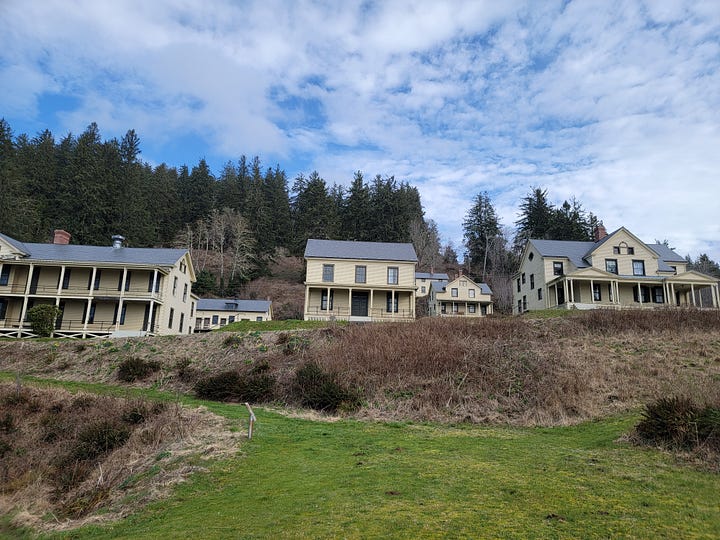
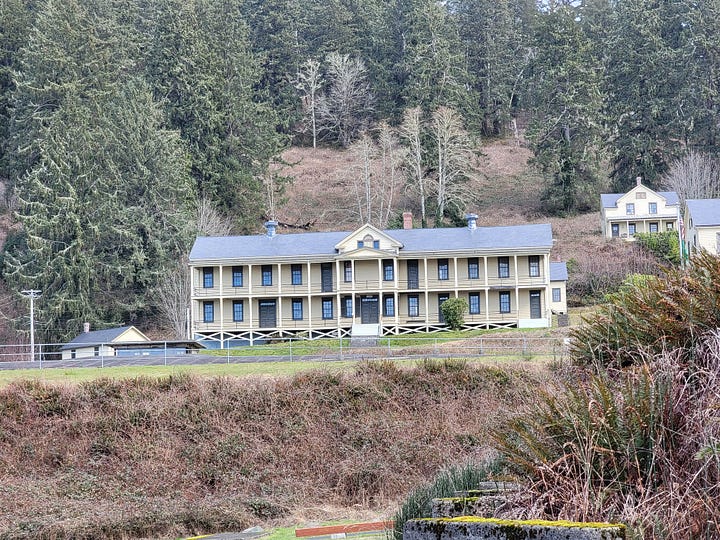
As long as you’re not afraid of ghosts.
If you don’t buy into that sort of thing, remember: just because you don’t believe in them doesn’t mean they don’t believe in you.
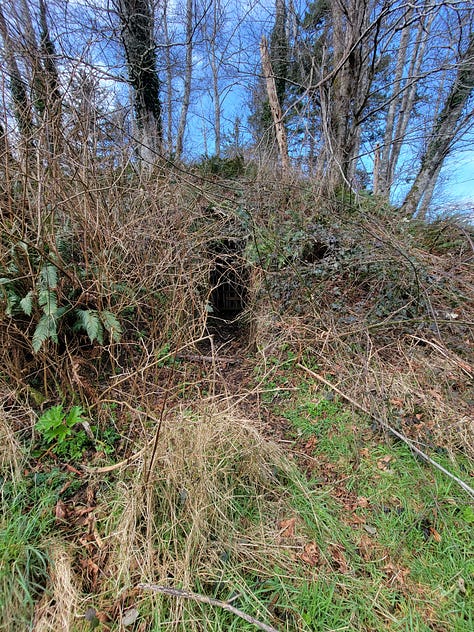
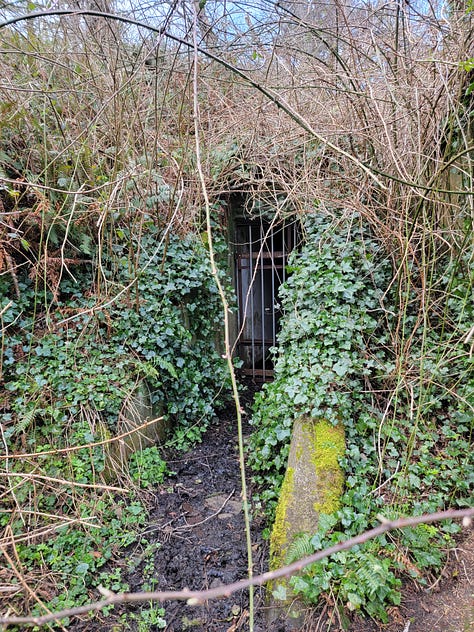
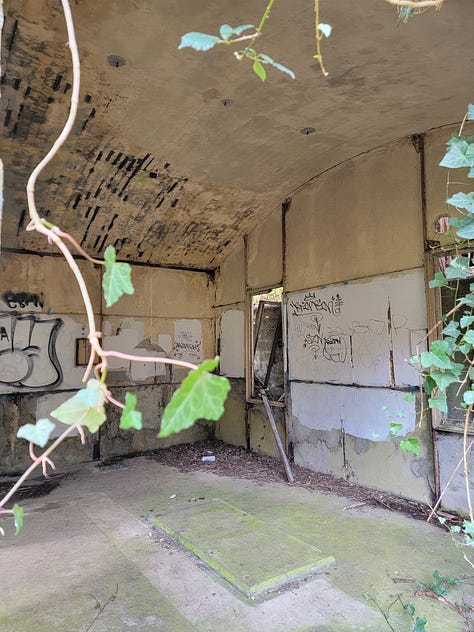
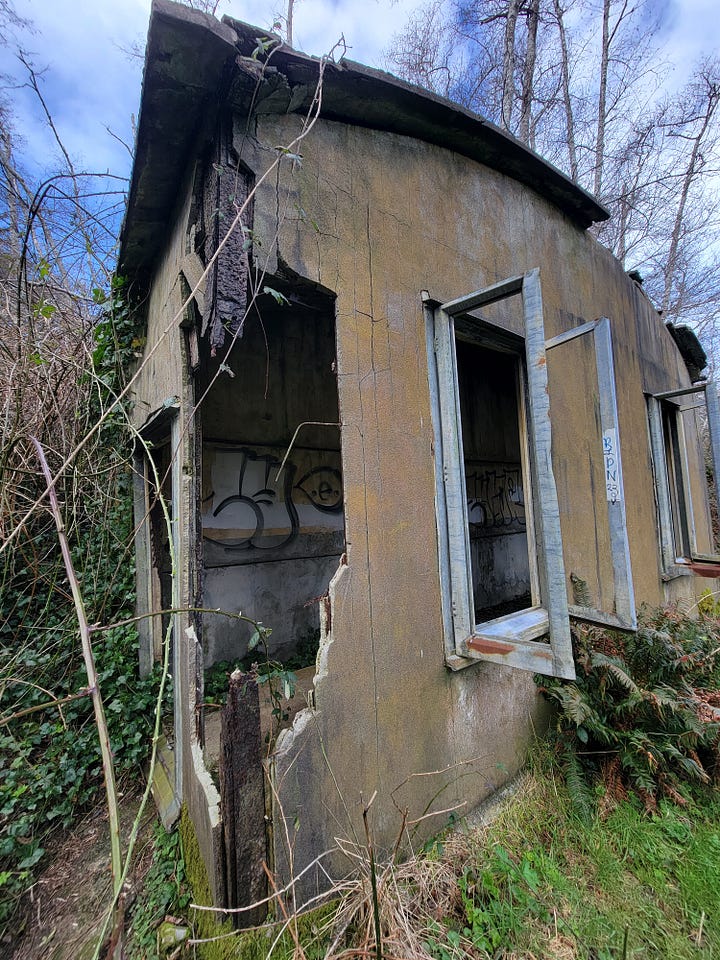
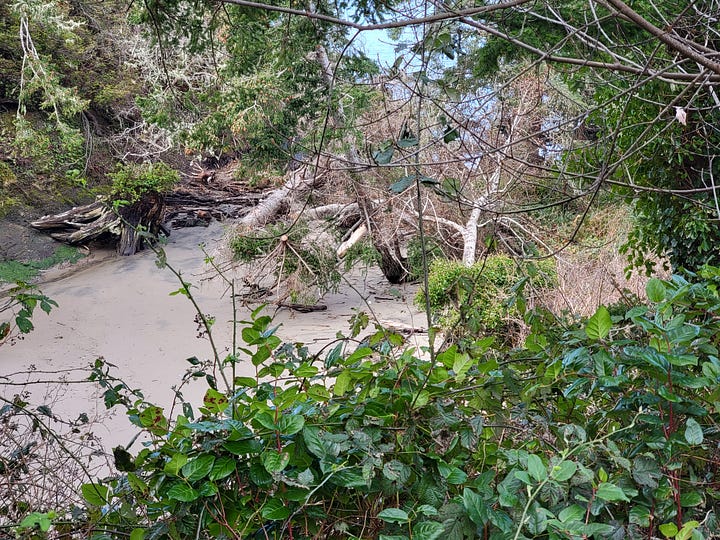
Fort Columbia’s hauntings aren’t limited to land. The park spans 6400 feet of the Columbia River shoreline and holds a history of shipwrecks. Witnesses describe shadowy figures emerging from the mist on foggy nights.
Oh, but that’s another story.
Stay Tuned
I'm exploring some of the most haunted places in Washington and Oregon this year. From long abandoned bunkers to 19th-century cemeteries, and old west ghost towns!
My experience visiting Fort Columbia was creepier than I imagined. There are two more interconnected military sites to visit: Fort Canby (Cape Disappointment) and Fort Stevens. I’m going to explore those areas later, maybe in the fall.
Which site should I visit next?
The Cholera House - I have visited the grounds surrounding this quarantine house. The place felt electric even when it was deserted and I’ve wanted to explore it ever since. The groundskeepers rarely allow visitors; however, this year Ellis Island is open on Saturdays.
Oysterville Cemetery (1858) - This site sits at the northern end of the Long Beach Peninsula, on a tiny strip of land, surrounded by the ocean. It houses graves of unknown soldiers and an Indian Chief, among many others. I didn’t take photos or video the last time I visited. Instead, I stayed in the moment, noticing a mixture of sadness, pride, and grief.

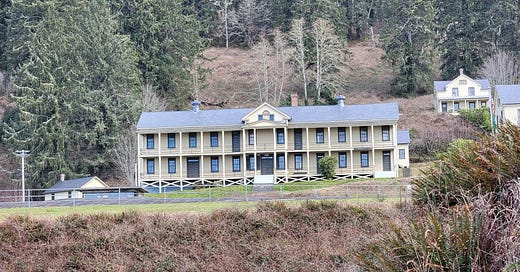



Your experiences detailed here as well as the videos shot were informative and creepily cool. In your first video I felt I was walking right along beside you. The damp chill and moldy concrete passages added to the prickly sounds and sensations I was perceiving through you. Then suddenly after you made a comment towards the end I heard a deep male whispery voice saying something. That sent a chill down my spine! I wouldn't want to go there alone or after darkness falls that's for sure. Well done, S.L.
So cool! Gonna share this with my daughter. She's been asking me to go explore abandoned places.